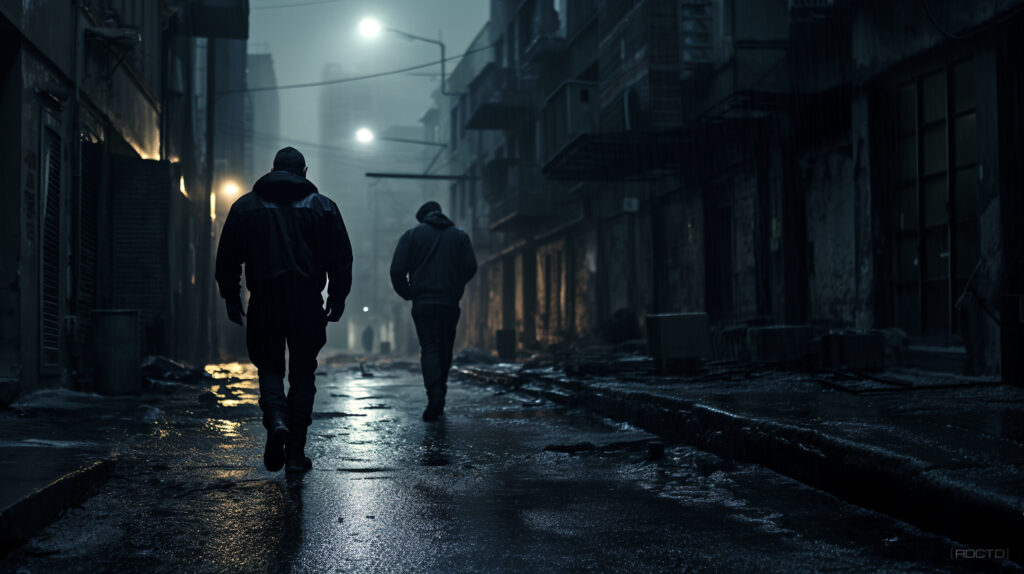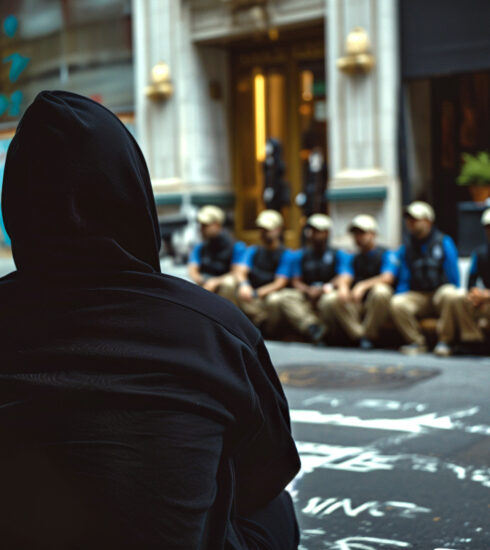How to Tell if You’re Being Followed in Urban Environments
The tradecraft guide on knowing if you’re being followed while on foot; tactics to identifying and counteracting tailing efforts in urban settings.
In the complex theater of urban environments and personal security, situational awareness is not a luxury but a necessity.
Whether you are an undercover operative, a civilian looking to protect yourself, or someone involved in sensitive work, it’s crucial to recognize when you are being followed. Developing the ability to detect surveillance is a key element of tradecraft, honed through training and experience.
The Basics of Surveillance Detection
Baseline Behavior: The first step in identifying surveillance is understanding the normal patterns and behaviors in your environment. This will help you recognize anomalies. Spend time studying the area where you operate and the types of people who frequent it.
Observation: Keep your peripheral vision active. Use reflections from windows, mirrors, and other surfaces to check for followers without making it obvious.
Situational Awareness: Always know your location, possible escape routes, and safe points like police stations or crowded public places.
Sixth Sense: Trust your instincts. If something feels off, it probably is. Your subconscious can often pick up on dangers before your conscious mind can articulate them.

Techniques to Confirm You’re Being Followed
Change Pace: Vary your speed. Slow down or speed up and observe if the suspected follower matches your pace.
Stop and Go: Abruptly stop to tie your shoe or check your phone. This forces the person tailing you to make a quick decision, which can reveal their intent.
Direction Change: Make an unexpected turn or double back. A legitimate passerby won’t usually mimic this behavior.
Route Variation: If you use a specific route regularly, vary it. Consistency makes you an easy target for surveillance.
Multi-stop Method: Make multiple stops at places where it would not be normal for the other person to stop as well, like different types of stores within a short period.
Transportation Switch: If you’re using public transport, get off at a stop and immediately catch another mode of transport or another line going in a different direction.
Counter-Surveillance Measures
Break Line of Sight: Use physical barriers like buildings or buses to obscure you from your follower’s view, even if momentarily.
Enter a Public Space: Go into a café or a bookstore. Places with CCTV are preferable. Confirm whether the person follows you in and note their behavior.
Lose the Tail: If you’ve confirmed you’re being followed, your next move is to shake them off. This can range from simple maneuvers like sudden turns to more complex actions, such as blending into a crowd or changing your appearance.
Do Not Go Home: The worst thing you can do is lead a follower to your residence. Go to a safe, public location and alert authorities if necessary.
Documentation: If safe and possible, document evidence of being followed, such as photos or vehicle information, as this could be critical later.
Engage Security Protocols: If you’re an operative, activate your agency’s security protocols for compromised agents. If you’re a civilian, contacting law enforcement is advisable.
The capacity to detect when you’re being followed in an urban environment is a skill that requires practice and keen senses. It merges psychological insight, physical awareness, and a deep understanding of human behavior and urban dynamics. Ignoring this skill could lead to compromised missions or personal safety.
Therefore, constant vigilance and regular training in surveillance detection techniques are non-negotiable for anyone operating in high-risk urban environments.
[INTEL : CIA Risk Assessment Method]
[OPTICS : Moscow, Russia]







